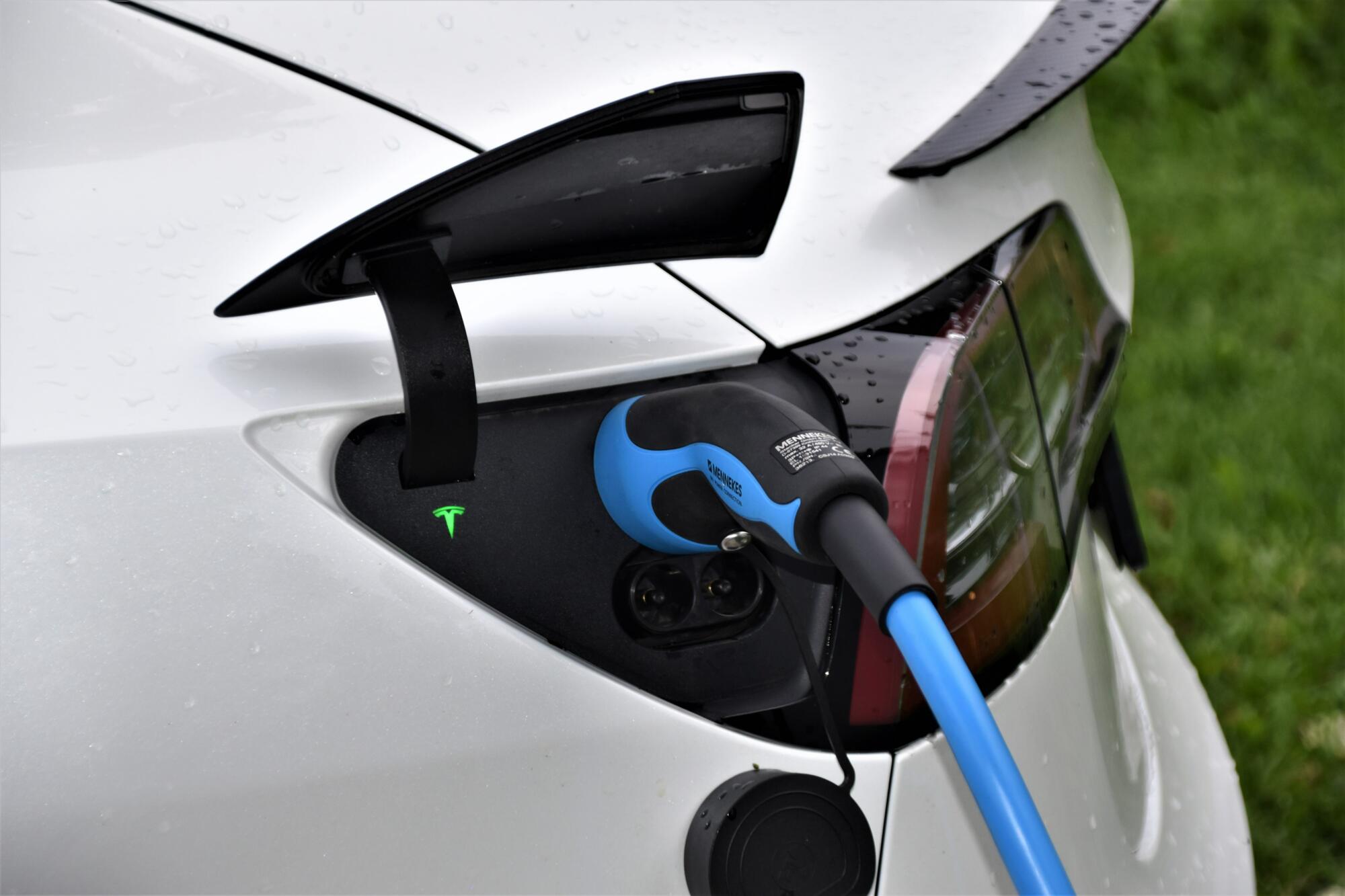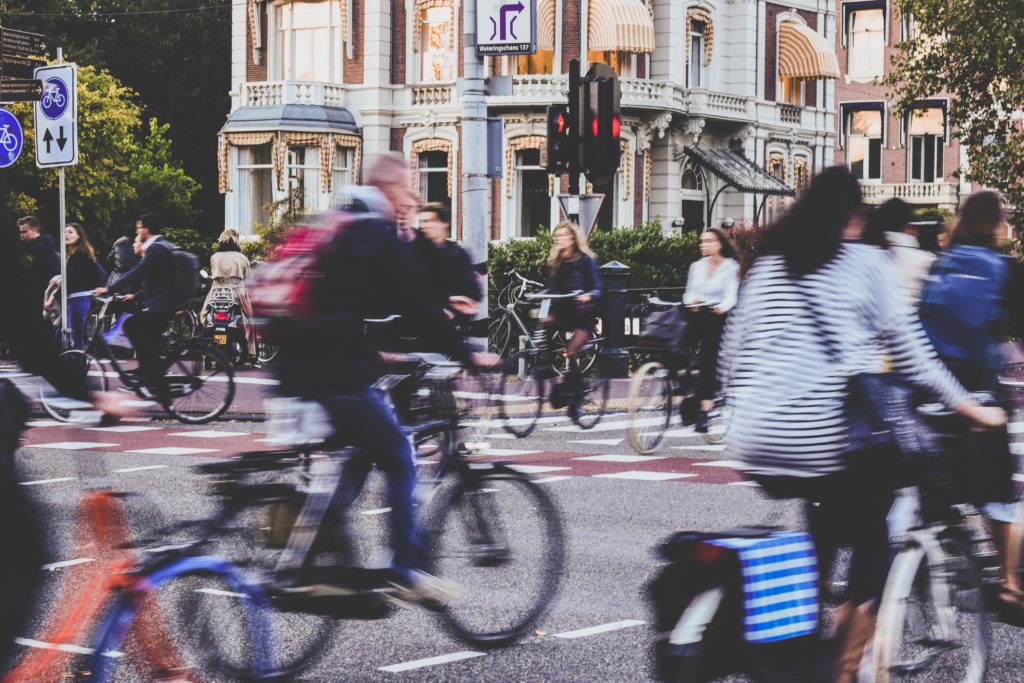Amsterdam leads the way: integrated planning for charging infrastructure done right
The wider uptake of e-mobility can only come to fruition with an accompanying charging infrastructure roll-out that answers current and future user needs. To accommodate the expected increasing uptake of electric vehicles, cities and regions must plan and deploy appropriate charging infrastructure, ensuring that their planning fits into the bigger puzzle and is not treated as a stand-alone activity. This can be achieved by developing a long-term strategy and planning on the local level. Still, the creation of such a plan does not come without its challenges.
Fortunately, different projects and initiatives have come to demonstrate how a well-planned strategy can harness good results and serve as inspiration for others. In the Netherlands, several regions went a step further by joining the efforts in developing common interregional long-term strategies. Metropolitan Region Amsterdam- Electric or in short MRA-E is one of these good practices.
We spoke with Pieter Looijestijn, Project Manager on charging infrastructure at MRA-E to learn more about this joint initiative and what the advantages of developing a joint strategy are.
SOL+ Team: What are the advantages of developing a common strategy for the entire Metropolitan Region of Amsterdam?
Pieter Looijestijn (PL): The city of Amsterdam realised that since mobility is by itself an issue that goes across borders, it would make no sense to just focus on the city and then accept that fossil fuel-powered cars would drive in from the region every day. That is why our organisation was set up in 2012 with the relevant regional partners.

Credit: MRA-E
A common strategy allows us to develop coherent policies and projects across the region. For instance, the policy to have demand-driven expansion is common throughout the region and the benefits of carefully dedicating public space, financial resources, and work force to where it is most needed is hardly under discussion.
Also, in such a developing sector there are limited resources, capacity, and knowledge available. We can bundle experience, knowledge, and capacity at a central organisation, that still has as its main responsibility to facilitate municipalities and their initiatives. New developments keep coming up and we jointly develop answers to that. Our project team often advises on the different perspectives or we support decision making with data.
SOL+ Team: What are the biggest achievements so far?
(PL): When we started in 2012 our project was small and was more or less ‘tolerated’. Right now, electromobility and the value of regional cooperation is broadly acknowledged. The national government, since 2020, supports the installation of 5 similar specialised regional organisations, covering the whole country.
Looking at the numbers, we now have had over 6.500 charge points installed and each one of them has had a lot of different stakeholders and interests involved. This requires careful attention in terms of finding the appropriate spot, licenses etc. In the end, the reliability people now have in getting their car charged at a fair price is our biggest achievement.
The charging stations have been operated by different Charging Point Operators throughout their lifetime and we can now procure infrastructure without public investments. This shows that a healthy market has developed, within a public framework that safeguards the end-user and public goals.
 Credit: MRA-E
Credit: MRA-E
SOL+ team: What are the plans for the future?
(PL): We need to speed up more installations and two instruments have been put in place for that. Firstly, proactive data-driven installations to complement request from citizens and businesses. Our network is getting more coverage and with increasing measurement points getting available, we can more and more predict the need for expansion ahead of actual requests. Secondly, large scale charge maps that set suitable charging locations ahead of any requests or data analysis. Having that said, speeding up is certainly not only about improving our processes. Governments and businesses will still need to keep expanding their work force to keep up.
Another initiative I want to mention is our regional data hub. Right now, information on charging stations - including location and pricing - is often inaccurate, incomplete, or outdated. Together with the major cities, we are developing a national hub with open data on public charging stations directly from their sources.
We want to facilitate other vehicles other than privately owned vehicles. For those, the uptake is not going fast enough (i.e. logistics, shared mobility). In the coming weeks, we will publish a plan for fast charging infrastructure and a plan for promoting charging at private property. These locations and solutions are more suitable for vehicles such as delivery vans and trucks. The plans will get us more active in that domain.
You can watch the full interview here.
About MRA-E:
MRA-E is a joint public venture for the cooperation of local and regional governments to reduce CO2 emissions and improve air quality by facilitating and stimulating electromobility. It brings together more than 70 municipalities spread across 3 provinces in the North-Western part of the Netherlands.
The interview was carried out as a part of the SOLUTIONSplus Global e-learning programme on electric mobility. The first e-course ”Electric mobility - more than just electrifying cars” is ongoing until mid-May and will be available online after its conclusion. Make sure to consult the learning programme and register.


